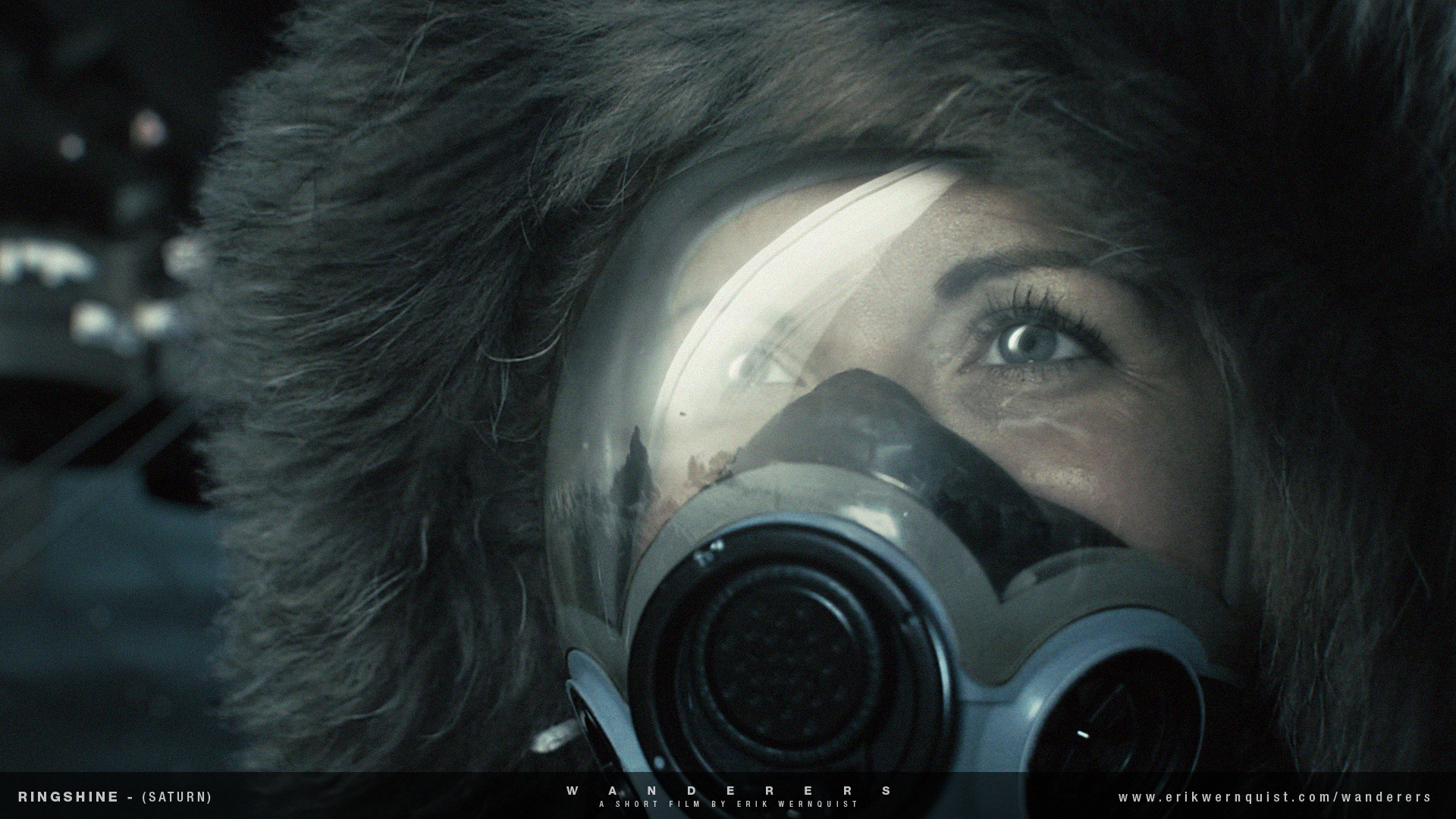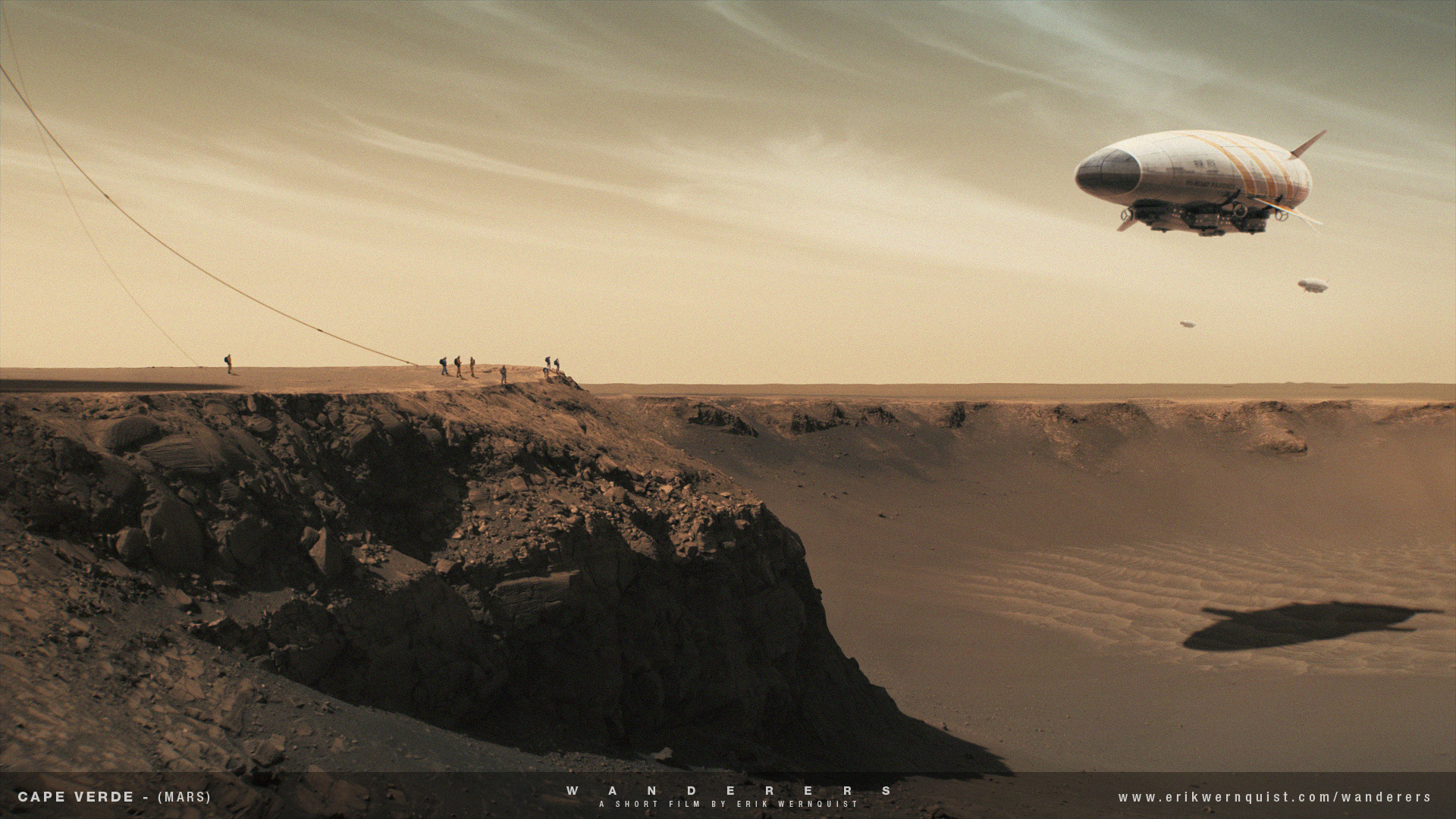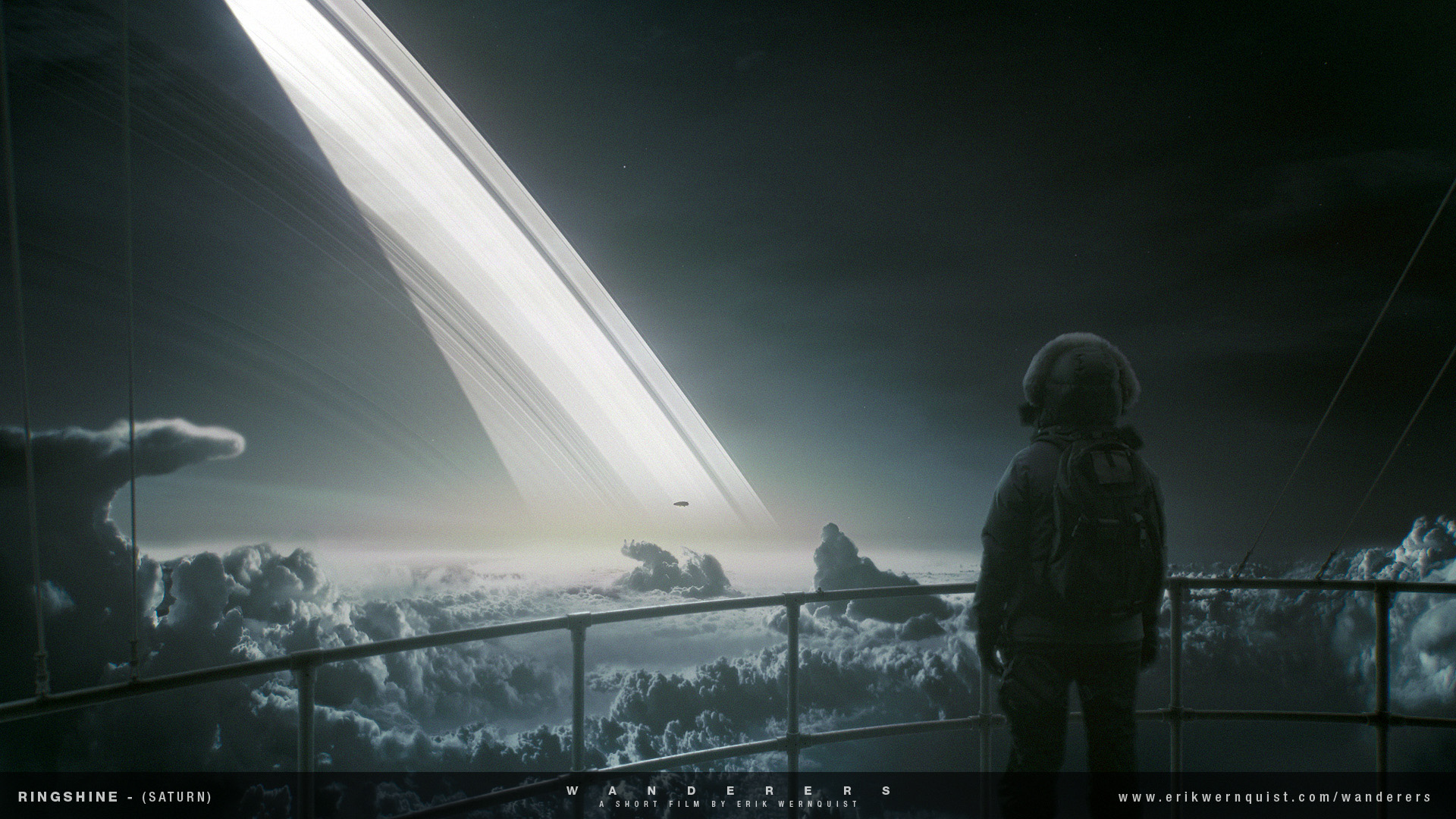
Gorgeous Video Explores the Anti-Apocalyptic Future
Narrated by Carl Sagan, Wanderer is a 4-minute film is Made by Erik Wernquist, using real NASA photos, and it envisions where humanity might go in a spaceflight future. Not only is it beautiful, it’s hopeful, envisioning a future wherein human beings get the opportunity to explore nearby planets.
It’s a nice antidote to all the disturbing apocalyptic depictions of the future we have been seeing in recent years from pop culture.
Erik writes about his film:
Wanderers is a vision of humanity’s expansion into the Solar System, based on scientific ideas and concepts of what our future in space might look like, if it ever happens. The locations depicted in the film are digital recreations of actual places in the Solar System, built from real photos and map data where available.
If you go to the Wanderers site, Erik does a great job writing about each section of the video; I highly recommend setting some time aside to read through his descriptions of the images’ inspiration, the science behind his ideas, and lots more detail that adds so much to the video (I watched it again after reading through Erik’s pages, and got so much more from the video with all the new information flying around in my head).
Here’s an example of the level of detail and information Erik puts together for the photo above, set on Mars:
A group of people await the arrival of a few dirigibles at the edge of the Victoria Crater on Mars.
There is nothing really amazing about this landscape in itself, other than it being on Mars, but it is one of many high resolution panoramas photographed by the exploration rovers Spirit and Opportunity during their fantastic journeys across the red planet since 2003. With this picture, taken by Opportunity in 2006, I could map the landscape onto a 3D-model I built to match the terrain and create a very accurate tracking shot of the place, and then add a few human elements to make the scene alive.
The name “Cape Verde” refer to the vantage point from where the picture was taken. The cliff on which the people are standing is called “Cape St. Mary”. As it turns out it seems I may have exaggerated the height of that cliff somewhat as I recently read it is about 15 meters tall. It’s tricky getting these things right when there is no point of reference!
Erik writes about this image (and several other breathtaking ones on his page):
This is one of the most awesome views I can imagine experiencing in the Solar System; floating in a light breeze above Saturn’s cloud tops at night, looking up at the glorious swaths of the Rings in the sky, and witness how they wash the cloudscape with the light they reflect from the Sun. The ringshine.
Saturn is a huge ball of gas with no surface to stand on (apart from a small rocky core that may hide in its very center), so any human visit there would have to be suspended in balloons or dirigibles, like seen here. The atmospheric pressure at the upper layers of clouds ranges between 0,5 and 2 times the pressure at sea level on Earth, so in theory you could “hang around” under the open sky there without the need of pressurized a space suit. You would, however, need to bring along oxygen to breathe and it would be very cold – temperatures at this altitude range between -170 and -110 C.
So, I have taken some liberties with realism here but I wanted to show a person without a space suit for this final shot, and just hope the future might bring along some incredibly insulating material to make it possible to take a stroll on a balcony beneath the sky of Saturn wearing just a jacket and a face mask.
The winds on Saturn also blow pretty hard. The highest speeds are around the equator, where they can reach 500 meters per second, and slow down towards the poles. However, when suspended in a balloon or dirigible like here, you would be floating along with the wind, hardly feeling anything more than a light breeze.There is obviously no photographic reference for a shot like this and I have used my imagination to guess what a spectacle like this would look like. I did have a lot of inspiration from Björn Jonsson’s renderings of what Saturn’s skies may look like. More of Björns space renderings can be seen here. For the shape of the Rings I used a texture created by John Van Vliet for the virtual space simulator Celestia and for the clouds I used a wide range of photos I found online to create this 3-dimensional composite. Unfortunately I don’t know the names of the photographers for these images.







